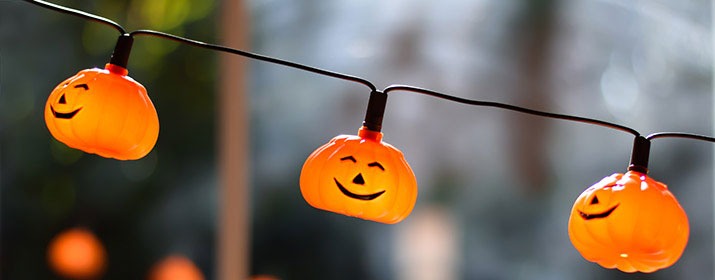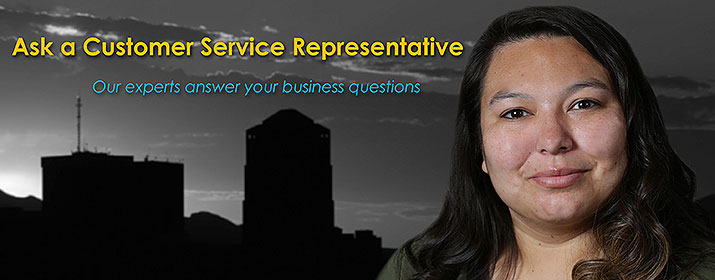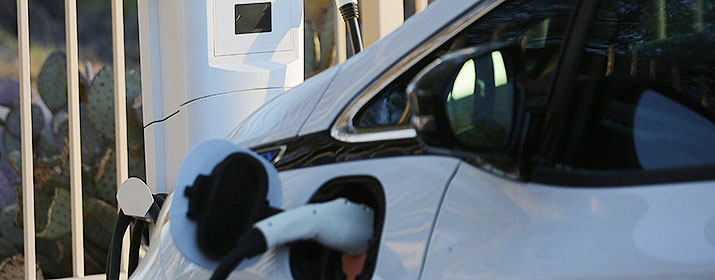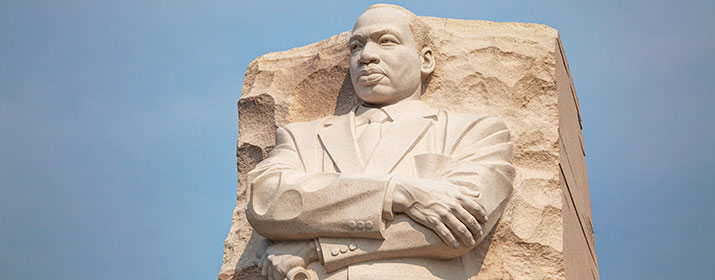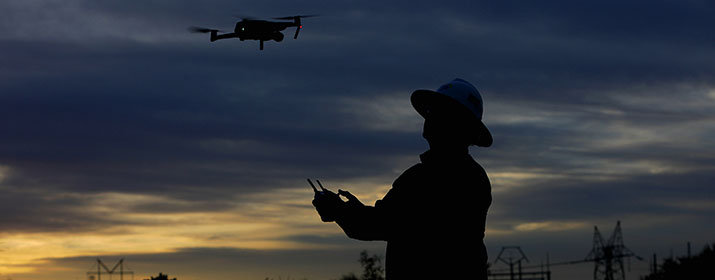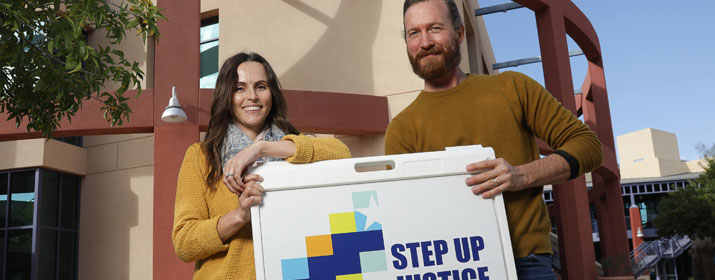
When family and friends gather during the holidays, the kitchen often becomes the focal point for entertaining.
While cooking generally accounts for only 5 percent of a home’s total energy use, that figure can rise to 15 percent over the holidays, including extra energy usage for cooking, refrigeration, water heating and dishwashing.
Tucson Electric Power steps into the kitchen with Maria Mazon, Executive Chef and Owner of BOCA Tacos y Tequila in Tucson, for tips and advice on how to save energy while cooking like a pro. She also treats us to one of her favorite recipes for a hot and savory soup that’s sure to warm you up on chilly days and please every palate.
Mazon was among the Top 5 chefs in Bravo’s TV network show, “Top Chef Portland.” She also has been featured nationally on the Travel Channel, Food Network and the Cooking Channel and was a James Beard Award semi-finalist for Best Chef in the Southwest Region in 2020.
Here are some ways you can keep the lid on energy costs in the kitchen this holiday season:
Keep it closed. Every time you sneak a peek at what’s cooking in the oven and open the door, the temperature inside the oven drops by 25 degrees. That forces your oven to reheat to the set temperature, which uses more energy.
“Opening the oven door does matter, because you’ll lose heat, which can affect the dish,” said Mazon. “If you’re a good cook, you don’t need to peek. Set it and forget it. If you want to see your cake rising or bread baking, just look through the window.”
Go smaller for bigger savings. Most kitchens are stocked with numerous gadgets and small appliances: microwaves, multi-cookers, crockpots, toaster ovens, air fryers and more. Using these lower-wattage appliances instead of your oven or stovetop – especially for smaller dishes – can slice energy usage in half, reduce cooking time and produce the same results.
Mazon said her go-to small appliances are a hand blender for smaller batches instead of using a large blender and the toaster oven. “I seldom use my oven because, like all good Latinos, I use it to store my pots and pans. Instead, I grill a lot, and the toaster oven is a godsend.” She says can cook anything in it, from casseroles and cakes to turkeys (yes, you read that right.)
Electric pressure cookers or “instant” pots are also nifty, multi-use appliances. They dramatically speed up cooking time and allow you to cook cakes, rice, stews and more. They also draw just 700 to 1,000 watts of power, as much as 70 percent less than an oven or stovetop.
Other good choices are microwave ovens, which use 80 percent less energy, and air fryers that can crisp foods in less time with greater energy efficiency.
Turn it down or off. Mazon says it’s possible to “cheat” on some recipes by not preheating the oven, using a slightly lower temperature, and trimming the baking time. But, she cautions, it depends on the dish you’re preparing.
“I’m not a baker, but I know that when you are cooking cakes and cookies, you really do need to pre-heat the oven. But if you’re cooking a roast, you can get away without preheating as it really doesn’t matter.”
Electric stovetops and ovens can be turned off 5-10 minutes early and the residual heat will finish cooking the meal as long as you keep the oven door closed or the lid on the pan. Mazon said doing this also can avoid a dish disaster.
“I’d rather turn off the oven off 10 minutes early than risk overcooking or burning something. That’s my extra ‘pinch’ of time. You can cut corners, save energy and cut cooking time. The key is to know your appliances well and how they cook.”
Also keep in mind that ceramic and glass dishes also hold heat better than metal ones, so you can safely reduce the oven temperature by 25 degrees.
Wash wisely. Lots of holiday cooking produces loads of dirty dishes. Run only full loads to reduce the number of times you run the dishwasher each week, but don’t overfill it. The water and detergent need to circulate to clean your dishes.
And skip handwashing dishes if you can. According to the U.S. Department of Energy, this method actually uses more energy and water than new ENERGY STAR® dishwashers, which use only about three gallons of water per load. The more hot water used, the more energy your water heater uses.
Treat the chef. If your well-used pots and pans have seen better days, consider rewarding the chef with a few good ones this holiday season. “If your circular pan is now battered and square, it’s time for it to go,” Mazon said.
Warped and wobbly pans that don’t make direct contact with the electric stovetop waste energy, cause uneven cooking and can increase cooking time. To prevent warping, Mazon advises against putting piping hot pans into cold water or using too high of a heat.
When shopping for pots and pans, Mazon suggests investing in one good cast iron pan, two pots and two pans of good quality. “You don’t need to spend thousands on good cookware, and you probably don’t need all of the pots and pans you have. Choose quality brands that are sturdy, durable, heat evenly and won’t scratch. I like the Made In brand because their products are made by chefs. If you treat them well, they’ll last a long time.”
Chef Mazon’s Crema de Chile Poblano Sopa
- 2 Tbsp canola oil
- 10 roasted poblano peppers (peeled)
- 4 cups chicken stock
- 1/2 cup of butter
- 1/2 white onion (peeled and sliced)
- 4 garlic cloves
- 2 cups sour cream
- 1 cup evaporated milk
- 1 cilantro bunch
- Salt and fresh pepper to taste
This is a one-pot soup prepared in a medium pot. Heat canola oil, then add sliced onion, garlic and poblano peppers. Sauté for 5 minutes, then add the chicken stock and season to taste. Boil on low heat for 30 minutes. Pour hot mixture into blender and mix in the sour cream, evaporated milk and cilantro. (Be careful when handling the hot liquid!) Return soup to the pot and add the butter. Simmer low and slow. When ready to plate, add shredded cheese and tortilla chips. Serves 6-8.

